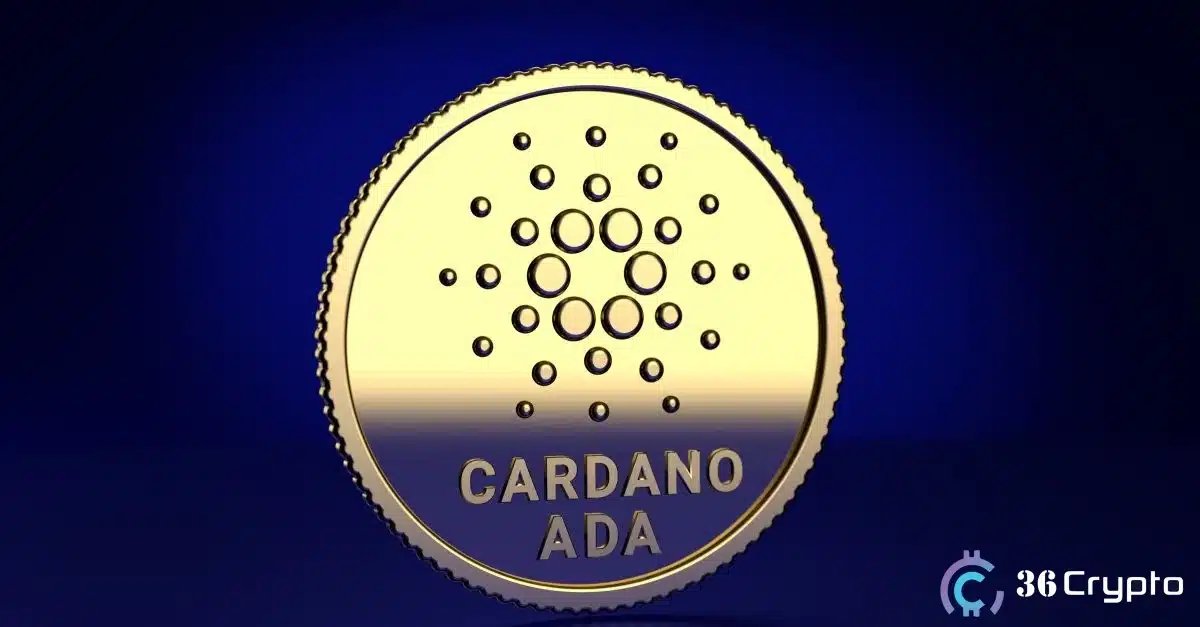Ripple officially introduced the XRP Ledger’s Ethereum Virtual Machine (EVM) sidechain to the mainnet in June, opening a new chapter for the network’s utility. The upgrade enables developers to deploy Ethereum-based decentralized applications (dApps) directly within the XRPL framework while maintaining full connectivity to the original ledger.
The update merges EVM-compatible smart contracts with XRPL’s native transaction speed and low-cost execution. Ripple described the move as a way to eliminate the traditional trade-off between flexibility and performance, allowing dApps to plug directly into XRP’s payments infrastructure.
That expansion set the stage for a new class of DeFi protocols — including XRP Tundra, which is using the live sidechain to bring on-chain staking to Ripple’s ecosystem for the first time.
Staking Arrives Through XRP Tundra’s Dual-Chain Architecture
Until recently, XRP holders could only earn yield through centralized exchanges or indirect liquidity products. XRP Tundra redefines that process through a dual-chain architecture that connects the XRPL EVM sidechain with Solana, coordinated through GlacierChain, its dedicated Layer-2 environment.
GlacierChain functions as a computational layer designed to handle staking logic, validator coordination, and reward calculation. It synchronizes real-time data between Solana’s high-performance network and the XRP Ledger’s settlement layer without acting as a custodial bridge.
This setup allows staking, liquidity operations, and vault activity to run seamlessly across both ecosystems while preserving XRPL’s low-cost transaction framework. Through the EVM interface introduced by Ripple in June, all vault interactions remain fully transparent and auditable on-chain.
Rather than altering Ripple’s base protocol, Tundra builds around it — expanding the ledger’s capabilities into DeFi without compromising its reliability. The result is an architecture that keeps XRP’s speed intact while adding programmable yield mechanics native to the broader EVM ecosystem.
Cryo Vaults Turn XRP Into a Yield Asset
At the heart of Tundra’s staking ecosystem are Cryo Vaults, a system of smart contracts that allocate rewards to users staking TUNDRA-S, the platform’s primary yield token. A secondary asset, TUNDRA-X, powers governance, liquidity operations, and cross-chain fees.
Vaults are transparent, tiered, and verifiable in real time across both networks. Rewards are calculated automatically through GlacierChain validators and distributed through the EVM sidechain connection to XRPL.
This makes Cryo Vaults the first verifiable yield framework built directly around Ripple’s live EVM infrastructure. A breakdown of the process was featured in Crypto Sister’s analysis, which showcased how vault activity can be audited on both Solana and the XRP EVM network simultaneously.
Verified Code and Public Documentation
Security remains a core part of the rollout. The project’s contracts and bridge mechanics have undergone independent reviews by Cyberscope, Solidproof, and FreshCoins, confirming accurate reward logic, bridge stability, and withdrawal conditions.
In addition, the development team completed KYC verification through Vital Block, making all documentation publicly accessible. That transparency distinguishes Tundra’s approach from traditional exchange-based “staking,” which relies on off-chain accounting and custodial control.
Presale Connects Participants to Staking Activation
Tundra’s Phase 9 presale acts as the entry route to staking participation ahead of Cryo Vault activation. Each purchase of TUNDRA-S, priced at $0.147 with an 11% bonus, includes a proportional allocation of TUNDRA-Xat no extra cost. The reference value for TUNDRA-X stands at $0.0735.
More than $2 million has already been raised, and over $32,000 in rewards have been distributed through the project’s Arctic Spinner program. Each phase introduces a price step, and the time between rounds continues to shorten as new participants join — a sign of steady organic traction.
Presale participants will transition directly into staking once Cryo Vault deployment completes on the XRPL EVM sidechain.
EVM Connectivity Gives XRP Its First On-Chain Yield Layer
The introduction of EVM functionality to the XRP Ledger has quietly transformed Ripple’s technology stack from a payments-only environment into a programmable DeFi network. XRP Tundra’s Cryo Vaults are the first proof of that expansion — a live staking framework built on verifiable infrastructure, audited code, and direct connectivity to Ripple’s new sidechain.
For XRP holders, it marks a shift from transactional utility to yield-bearing participation — achieved without sacrificing compliance, speed, or transparency.
Join early participants preparing for Cryo Vault activation — the first staking layer built for Ripple’s live EVM ecosystem is now taking shape.
Website: xrptundra.com
Medium: medium.com/@xrptundra
Telegram: t.me/xrptundra
X (Twitter): x.com/xrptundra
Contact: Tim Fénix — [email protected]
Source: https://www.cryptopolitan.com/ripple-latest-news-feature-xrp-tundra-presale-launching-xrp-staking/


